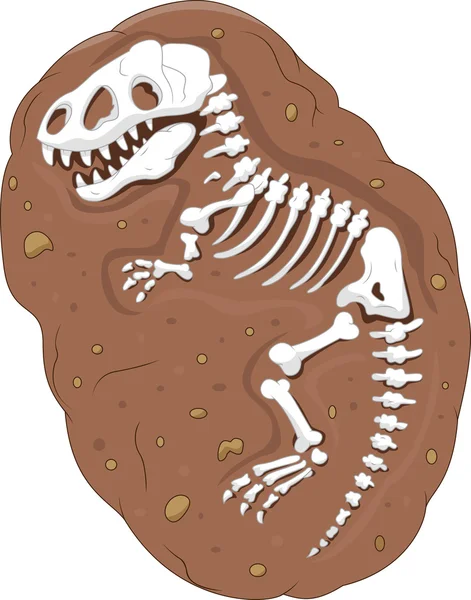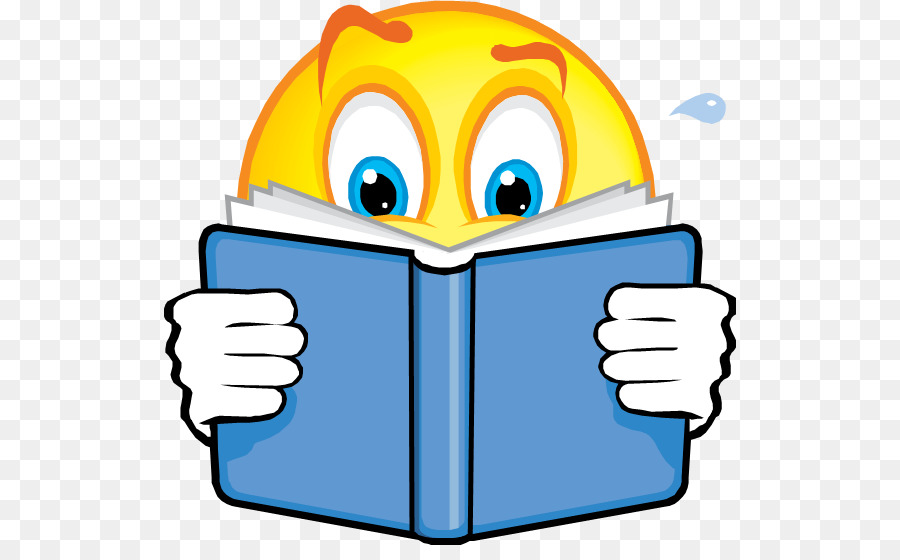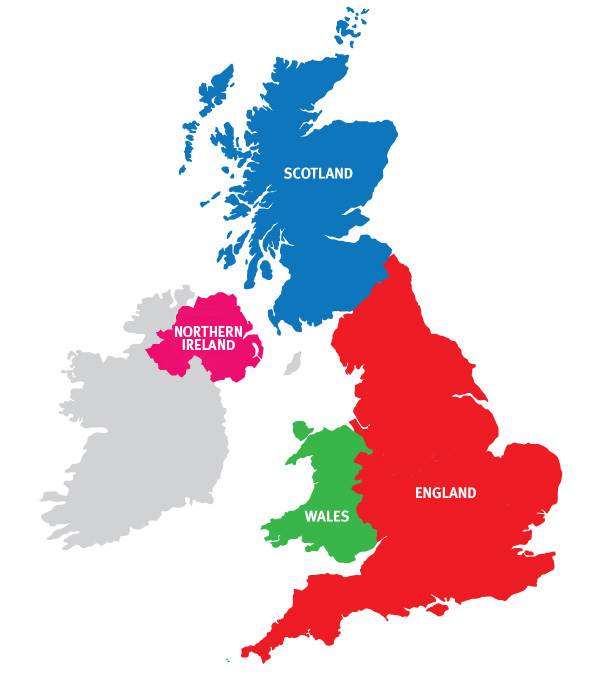Year 6 home learning – Week beginning 8th June 2020
[dropshadowbox align=”none” effect=”lifted-both” width=”auto” height=”” background_color=”#48d7fa” border_width=”5″ border_color=”#080707″ ]If you haven’t done so already, please make sure that you are signed up to Class Dojo. We have received lots of your lovely work over the past few weeks and we love hearing what you have been up to. We will also be posting throughout the school week of some of the lovely learning that is happening in school. Despite the changes and arrangements, it has been a good first week back for some of our Year 6s and we have very much enjoyed seeing some of you again.
From Miss Blackford and Miss Handley[/dropshadowbox]
Maths
English
Day 1 – Using the 5 senses to build descriptive vocabulary.
Imagining that you are the dancer, fill in the 5 senses sheet for what she experiences in the clip. Use a code to indicate whether it was set before (b) or after (a) she left the clock tower.
Day 1 sheet – English – Day 1
Day 2 – Use figurative language to describe a setting.
Use figurative language to compare the two scenes. Remember to use ambitious vocabulary when describing the images.
Day 2 sheet – English – Day 2
Day 3 – Planning a diary entry
Have a read of some good diary examples and mind map what makes a good diary entry.
Then, use the planning template to note down your ideas to write a diary entry as the clockwork tower dancer. Remember to use bullet points for your condensed notes. Use the word bank to list any appropriate pieces of ambitious vocabulary, including examples of figurative language.
Day 3 sheet – English – Day 3
Day 4 – Writing and editing a diary entry
Use the Year 6 expectations to help you write and up level your diary entry. Remember to include the key features of a diary.
Science
How do fossils provide evidence for evolution?

In this lesson, we are going to learn how fossils are formed and how they provide evidence for the theory of evolution. We will learn what the fossil record is and why there are parts missing from the record.
SPAG
Figurative language is when words and ideas are used to create mental images and give impressions. When we use figurative language in our poetry it gives our ideas strength and helps the reader to understand what we mean.
Figurative language worksheet with answers
Reading

Reading comprehension – Martin Luther King Jr
Choose which ability that you feel comfortable with. The one star questions are simpler and work their way up to the three star questions. Answers are included in the document.
PSHE
Why are there huge protests in the US and around the rest of the world at the moment?
Check out this Newsround article.
We have decided this week to revisit Martin Luther King’s famous ‘I have a dream’ speech. Go through the powerpoint and send us your poems on Class Dojo.
Art

We shall be looking at The Colour Theory this week. Read the attached powerpoint and then have a go at creating your own colour wheel using red, blue and yellow paint.
Art – Colour Theory powerpoint
Geography

History
LO: To build an overview of world history.
Success criteria:
I can order and list events in African history
I can explain why it is important to study the Benin Kingdom
Key Question: Why should we study the Benin Kingdom?
Read the powerpoint and complete the tasks below:
Task 1: Cut up the events and put them in chronological order.
Task 2: Place the events in a Diamond 9 formation according to which is the most important event for Africa and its people and which is least important. Ask them to explain their choices.
For Task 3, without telling your child what they depict, what can they deduce themselves about the Benin Kingdom from these images? Talk through their ideas and share what the paintings are, using slides 6, 7 and 8.
On paper, write a Tweet to complete the statement: I think we should study Benin in our school because… This is a good exercise since it forces children to be concise and think carefully about their word choices. They will only have 280 characters, they must include their key reason and hashtags of key words.
Send us your tweets on Class Dojo!
Events in Africa’s History with diamond 9
